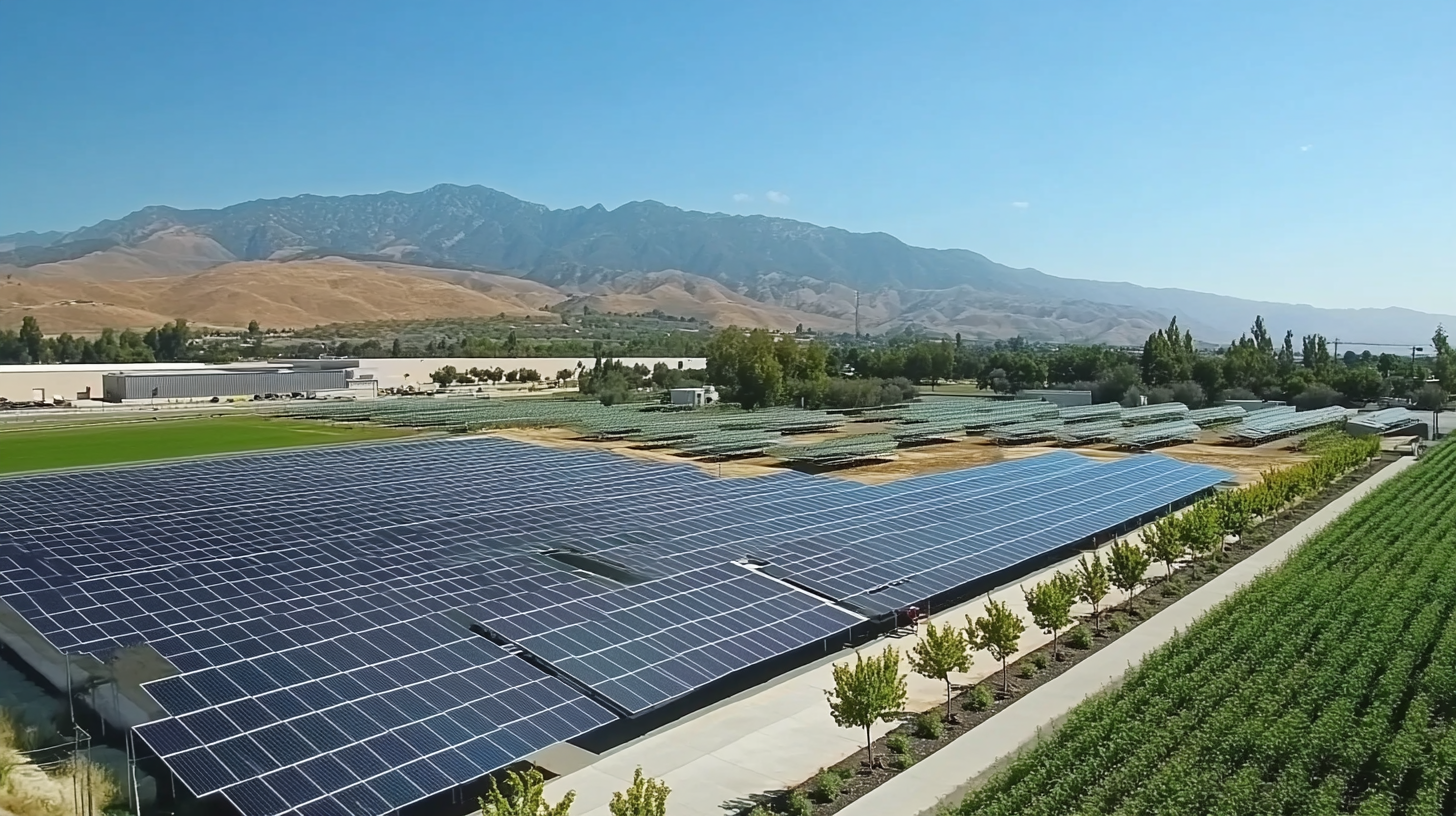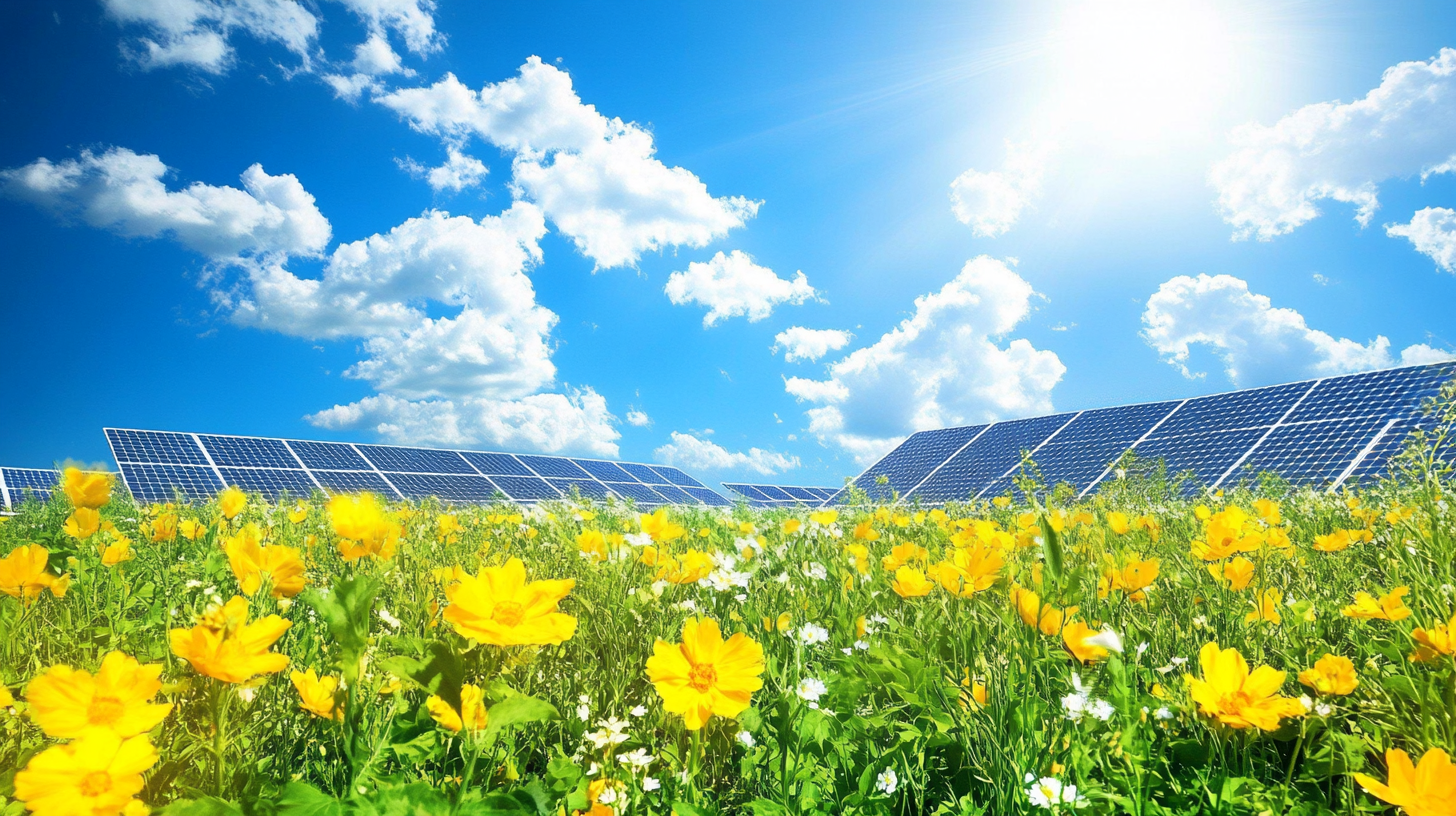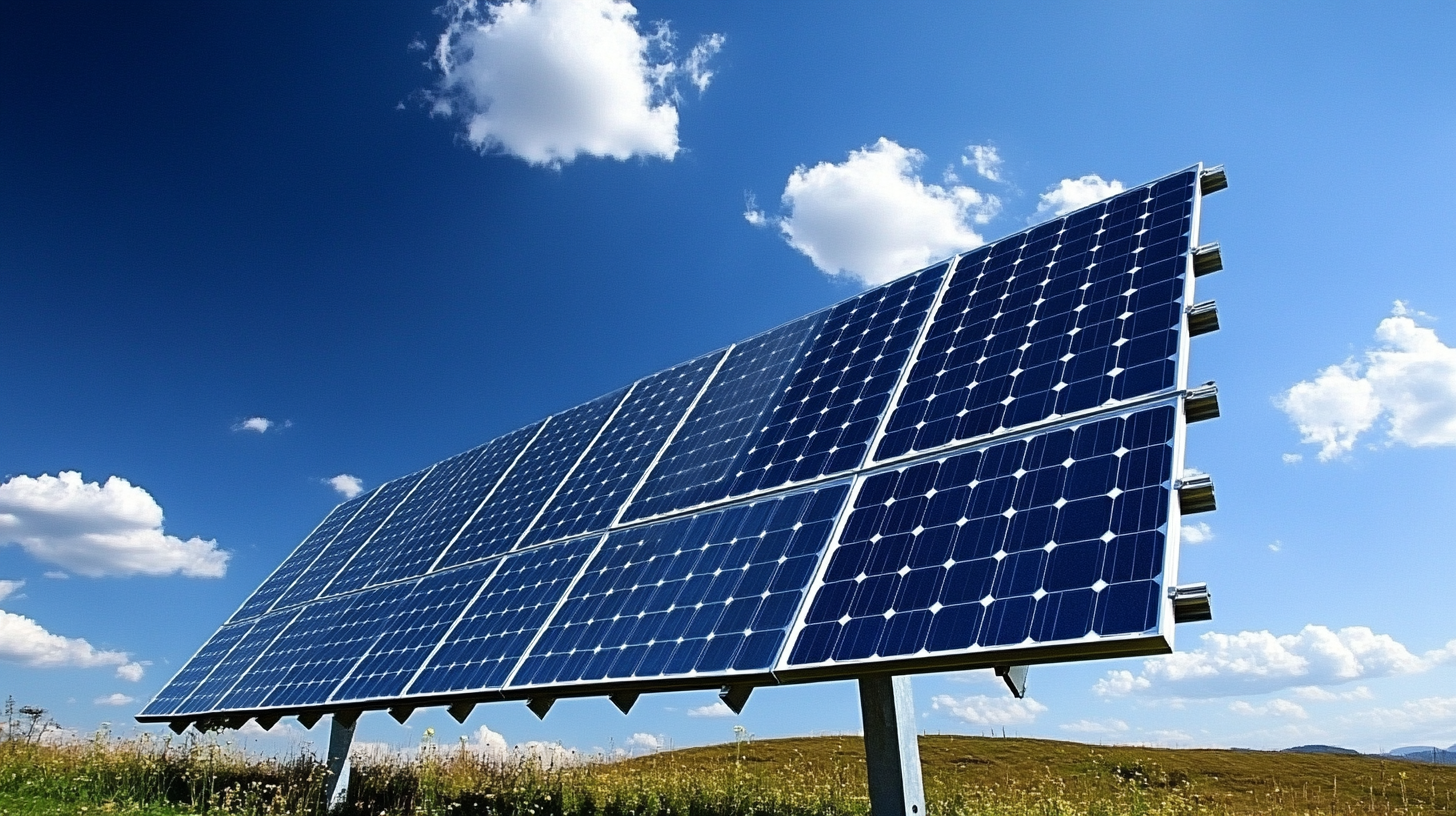2025 Solar Technology Innovations: Essential Considerations for Global Buyers
As we approach 2025, the landscape of Technology Solar is evolving at an unprecedented pace, driven by innovations that promise to reshape the energy market worldwide. With the increasing urgency of combating climate change and the push for sustainable energy solutions, global buyers must stay informed about the latest advancements in solar technology. This blog aims to explore the essential considerations that buyers should keep in mind when navigating the rapidly changing solar landscape.
From cutting-edge photovoltaic cells to innovative storage solutions, technology in the solar sector is advancing in ways that improve efficiency, reduce costs, and enhance accessibility. For organizations and individuals looking to invest in solar energy, understanding these innovations is critical to making informed decisions that align with both their sustainability goals and financial objectives. Join us as we delve into the upcoming trends and technologies that will define the future of solar energy and equip global buyers with the knowledge they need for successful investments.

Emerging Solar Technologies to Watch in 2025
Emerging solar technologies are set to transform the energy landscape in 2025, with significant innovations that buyers should closely monitor. One of the most promising advancements is the use of perovskite solar cells, which have recently achieved new efficiency heights with the introduction of novel additives. Research indicates that the addition of pyrrodiazole to formamidinium iodide perovskite films can substantially boost the efficiency of these solar cells, making them an attractive option for both consumers and investors. Another exciting development is the exploration of space-based solar power, highlighted by experts at the recent Davos conference. This transformative technology has the potential to revolutionize how we harness energy, utilizing satellites to capture sunlight and convert it into usable power on Earth. As the global demand for sustainable energy sources continues to soar, these innovations could provide viable solutions to energy challenges. In addition, investments in clean energy technology, particularly solar energy and energy storage, are predicted to surge. The establishment of research networks, such as those under the U.S. Department of Energy, is further supporting the growth of new solar technologies and their applications. With the advancements in efficiency and storage capabilities, buyers in 2025 will have a variety of options to consider that align with both their sustainability goals and economic interests.

Key Factors for Evaluating Solar Products as a Global Buyer
When evaluating solar products as a global buyer in 2025, it's crucial to focus on several key factors that can significantly affect purchasing decisions. One of the most important considerations is the origin of the products. With approximately 50% of solar modules originating from China, buyers must assess the implications of this dominance on supply chains, pricing, and potential risks associated with geopolitical tensions. Understanding the landscape of solar manufacturing and its reliance on specific countries will empower buyers to make informed decisions that mitigate risks and ensure sustainable sourcing.
Another vital aspect to consider is the technological innovation behind energy storage systems (ESS). While these systems may appear similar at first glance, subtle differences can have a major impact on performance and efficiency. Global buyers should carefully evaluate specifications, compatibility with solar technologies, and the overall reliability of the energy storage solutions. Furthermore, as digital marketing continues to influence consumer purchasing decisions, staying informed about the latest trends and customer feedback can guide buyers in selecting the most reputable brands and products.
Lastly, it is essential for buyers to keep an eye on the broader economic context, particularly regarding oil prices and their impact on renewable energy markets. Economic growth can drive demand for solar products, but fluctuations in the oil market may also influence investment patterns and consumer behavior. By integrating these considerations into their evaluation process, global buyers can confidently navigate the evolving landscape of solar technology innovations in 2025.

Sustainability and Environmental Impact of New Solar Innovations
As the world pivots towards renewable energy, the advancements in solar technology by 2025 are poised to have a profound impact on sustainability and environmental conservation. Innovations aimed at improving the efficiency and lifespan of solar panels not only promise to generate more energy with less material but also reduce the carbon footprint associated with their production. Enhanced photovoltaic materials, such as perovskite solar cells, present a revolutionary shift, offering a more sustainable alternative to traditional silicon-based panels. These materials can potentially lower costs and decrease energy consumption during manufacturing, contributing to a greener energy landscape.
Moreover, emerging solar technologies are focusing on recyclability and circular economy principles. As solar panels reach the end of their lifespan, the ability to recycle them effectively becomes critical. New designs emphasize the use of recyclable materials and processes that minimize waste. This not only lessens the environmental impact of solar technology but also aligns with global efforts to reduce landfill use and promote resource recovery. Consequently, buyers must prioritize innovations that integrate sustainable practices throughout the product lifecycle, ensuring that their investments in solar technology contribute to environmental stewardship.
Furthermore, the integration of smart grid technologies with solar innovations enhances overall energy efficiency, fostering a more sustainable energy ecosystem. By leveraging data and new energy management systems, solar technology can adapt to real-time demand, reducing wastage and optimizing energy use. When purchasing solar products, global buyers should consider these technological innovations as vital factors in their commitment to sustainability, recognizing that responsible investment will lead to long-term environmental benefits.

Global Market Trends Shaping the Future of Solar Technology
The solar technology landscape is rapidly evolving, driven by significant global market trends that are shaping its future. According to a report by the International Energy Agency (IEA), solar energy accounted for nearly 30% of the total renewable energy generation in 2023, signaling a robust shift towards cleaner energy sources. The increase in solar installations is influenced by current government policies and incentives aimed at decarbonizing energy sectors globally. For instance, the U.S. has introduced capital gains tax incentives that encourage residential solar panel installation, contributing to a projected 22% growth in the solar market by 2025.
Another noteworthy trend is the rising demand for advanced solar technologies, including bifacial solar panels and innovative energy storage solutions. Research from Wood Mackenzie forecasts that by 2025, the market for solar-plus-storage solutions will expand significantly, with global installations expected to reach over 30 GW per year. This dual approach not only enhances the efficiency of energy capture but also improves the reliability of solar energy systems, rendering them more attractive to environmentally conscious consumers and investors alike.
Furthermore, the advent of smart solar technologies integrated with IoT (Internet of Things) capabilities is anticipated to revolutionize how energy is consumed and managed. A recent study by Allied Market Research suggests that the smart solar market could witness a compound annual growth rate (CAGR) of 18.3% from 2022 to 2030, reflecting an increasing interest in intelligent management systems that optimize energy production and consumption. For global buyers, these trends not only indicate the important developments in solar technology but also highlight the crucial considerations to keep in mind while planning investments in renewable energy solutions for the coming years.
Financial Incentives and Support for Solar Technology Adoption
As global interest in solar technology continues to rise, financial incentives play a crucial role in promoting its adoption among consumers and businesses alike. Voter support for rooftop solar energy remains strong across political lines; however, barriers such as high upfront costs hinder personal investment in solar systems. Reports indicate that many potential adopters are hesitant due to financial constraints, highlighting the need for improved financial mechanisms to facilitate the transition to renewable energy.
Recent studies emphasize the significance of renewable energy tax credits, which can reduce the overall investment burden associated with solar technology. These credits not only provide immediate financial relief but also enhance the long-term viability of solar projects by making them more attractive to prospective buyers. Additionally, initiatives like the Inflation Reduction Act have aimed to increase solar adoption among low-to-moderate income communities by offering tax-exempt options that can make solar photovoltaics more accessible.
Looking ahead, the Airport Solar Power Market is projected to reach $3.6 billion by 2033, benefiting significantly from government incentives and funding. Such financial support is essential for fostering growth in various sectors, including schools where federal funding is directed toward implementing solar solutions. As governments continue to refine their policies regarding solar energy, it will become increasingly important for global buyers to stay informed about available financial incentives, which can directly influence their adoption decisions and contribute to a sustainable energy future.
